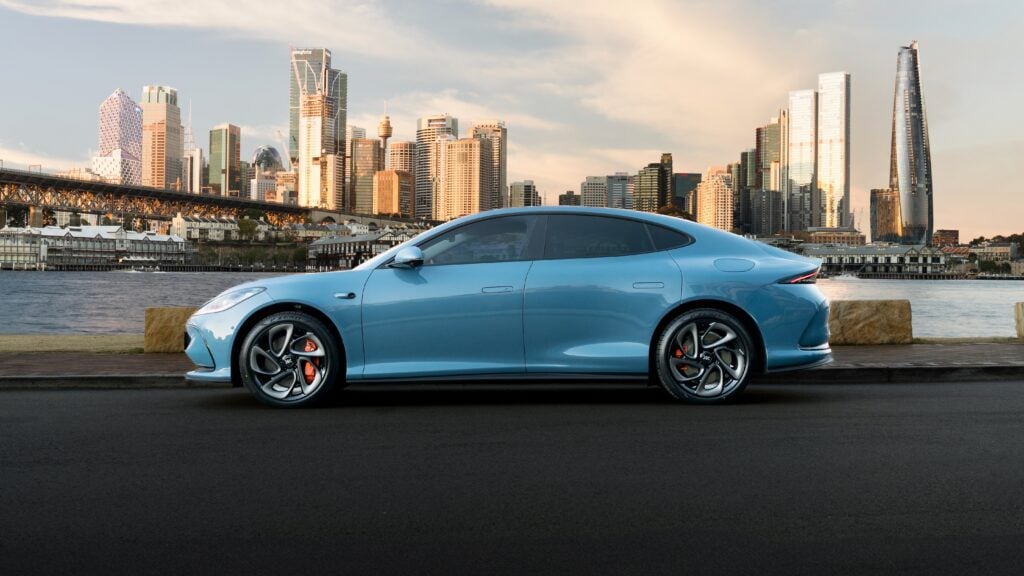
It’s a question that no one ever wants to face: what happens if I put the wrong fuel type in my car?This is a very embarrassing story for a motoring journalist to write, but using the wrong fuel is an increasingly common problem.There are a number of reasons for this: the quieter operation of diesels, the fact that diesel and petrol pumps can now look quite similar, staff constantly swapping between differently-fueled work vehicles or, as in my case, the fact your mind is thinking about everything except the job at hand.
Happily, the fix is quite simple, but the most important thing to remember is to not under any circumstances start the engine.

Hopefully, like me, you’ll realise while filling up the car, so it’s just a matter of pushing the car to a parking space – again, if safe to do so – and calling for help.There are a number of options. State motoring clubs like the NRMA, RACQ or RACV are able to assist, but they will typically tow your car to a workshop or dealership to solve the problem leaving you stranded and without a vehicle while the situation is rectified.

After explaining my situation, I was informed that a technician would be with me as soon as possible (a two-hour wait in my case) at a cost of $385, which would cover the draining of the fuel tank, the removal and disposal of the contaminated fuel and 10 litres of fuel (in this case diesel) to help me on my way.The friendly, helpful technician arrived right on time and began draining the tank at a rate of roughly three litres per minute, the Pajero Sport’s brimmed 65-litre tank taking just over 20 minutes to empty.
The contaminated fuel is disposed of by using it to power concrete kilns in Tasmania, instead of using coal, so at least there is a somewhat positive side effect of motorists’ mistakes. Once the tank is drained, it’s simply a matter of filling up with the correct fuel, and you are on your way.In summary, if you find yourself in the unfortunate position of having put the wrong fuel in a car, remember not to panic, help is available. The most important thing is to not use the engine, or turn it off as soon as safely possible if you’re already driving.Call the experts and while your schedule and your wallet will take a bit of a hit, your engine should be fine.




